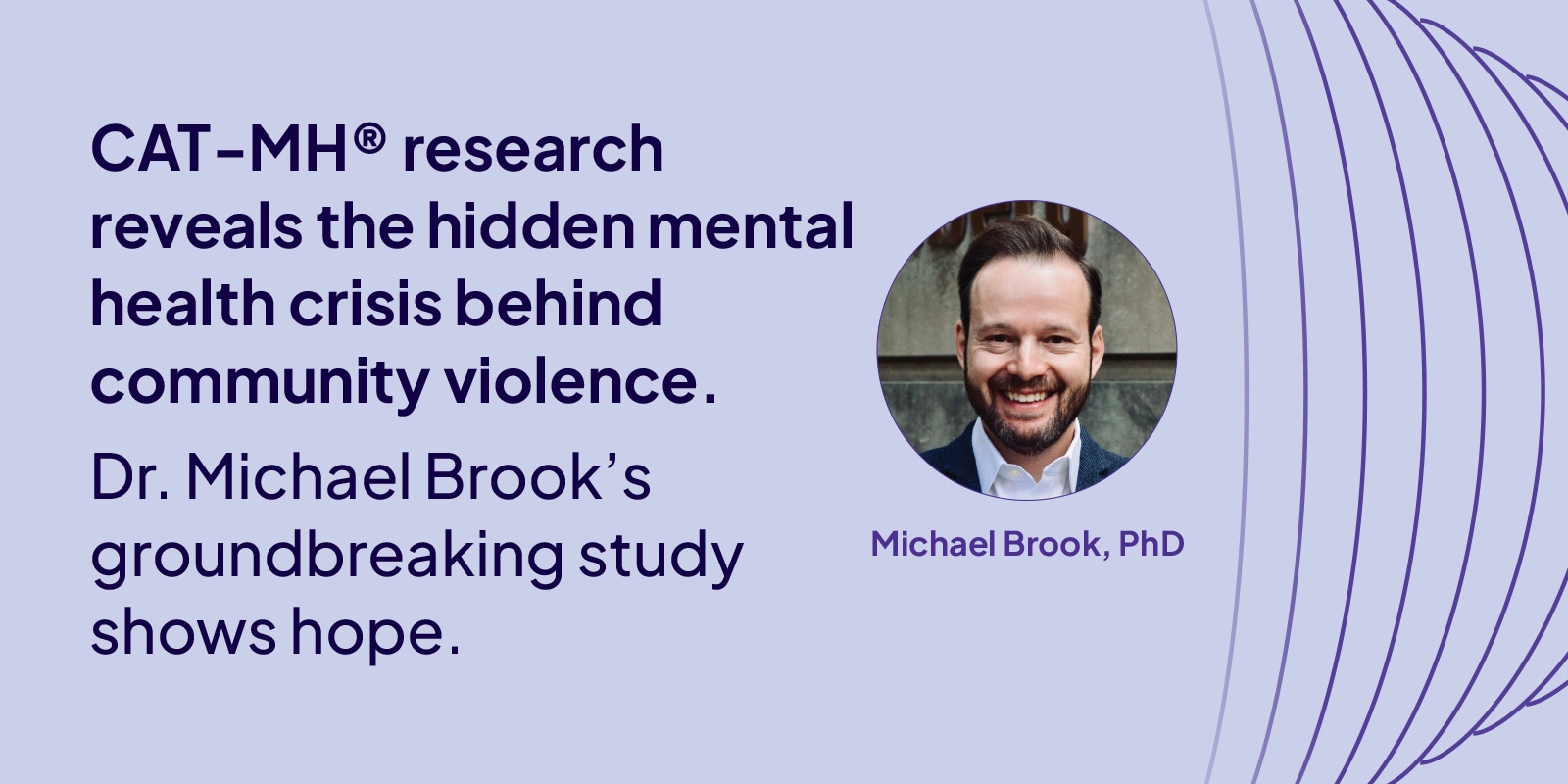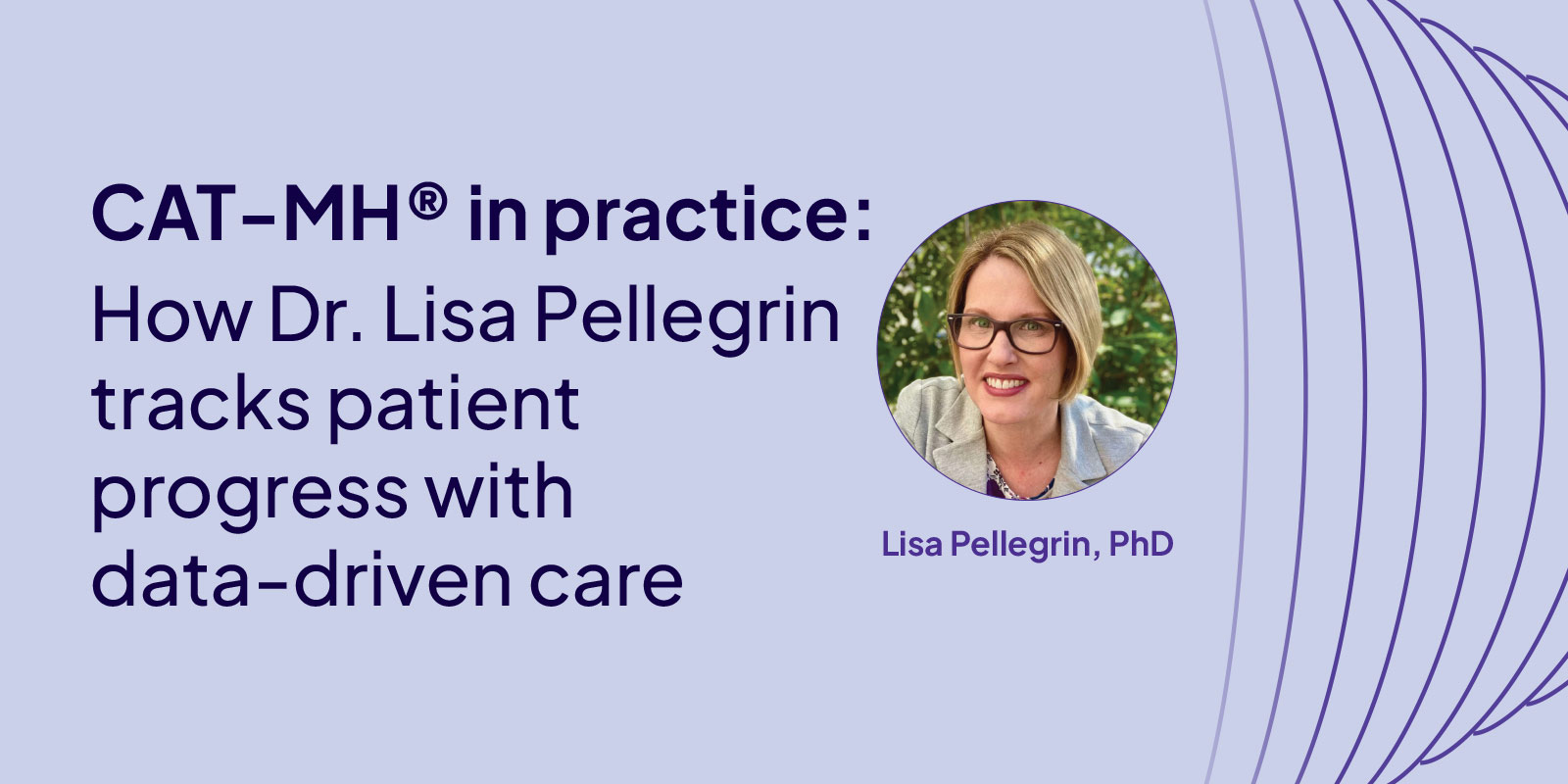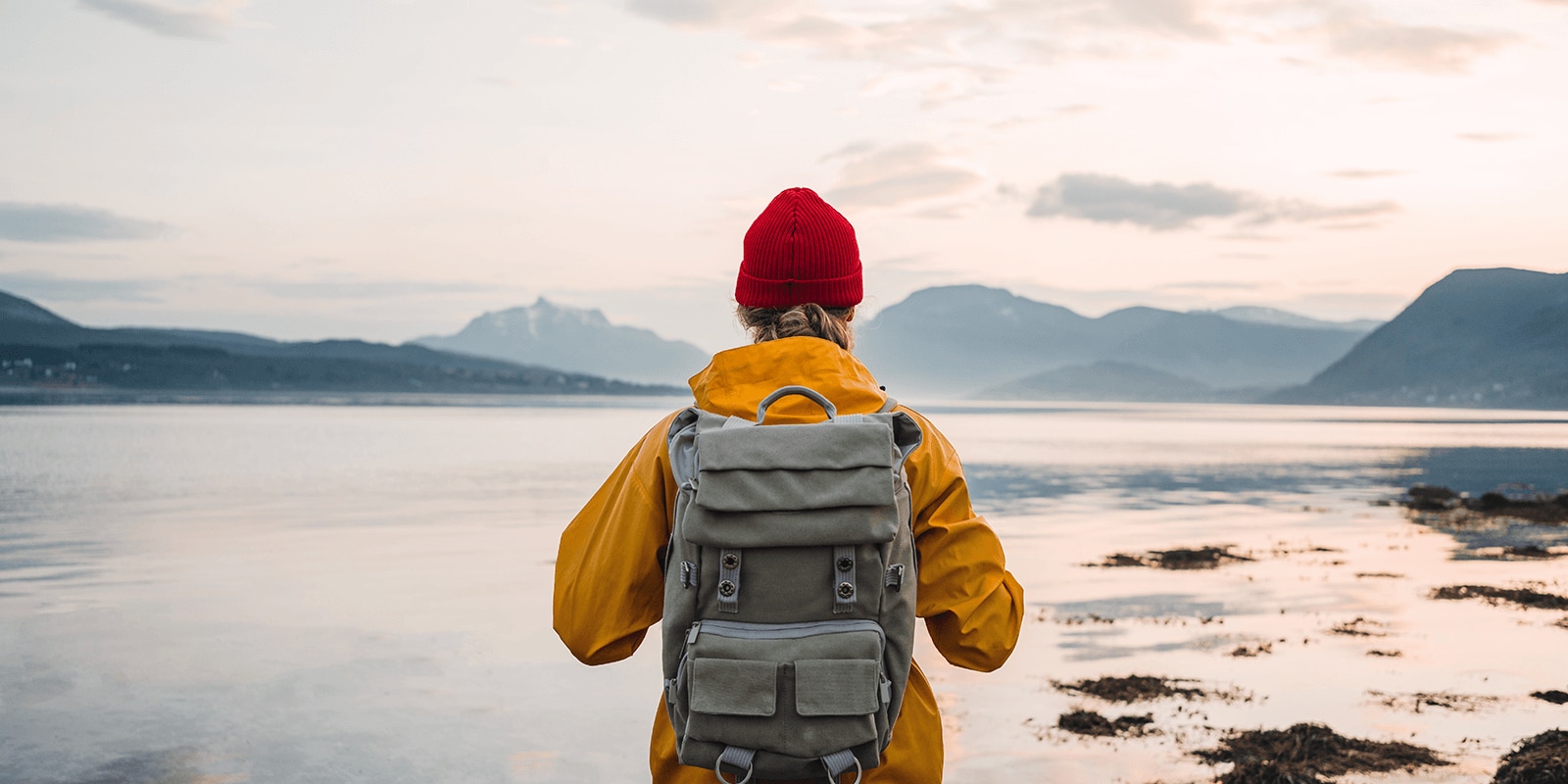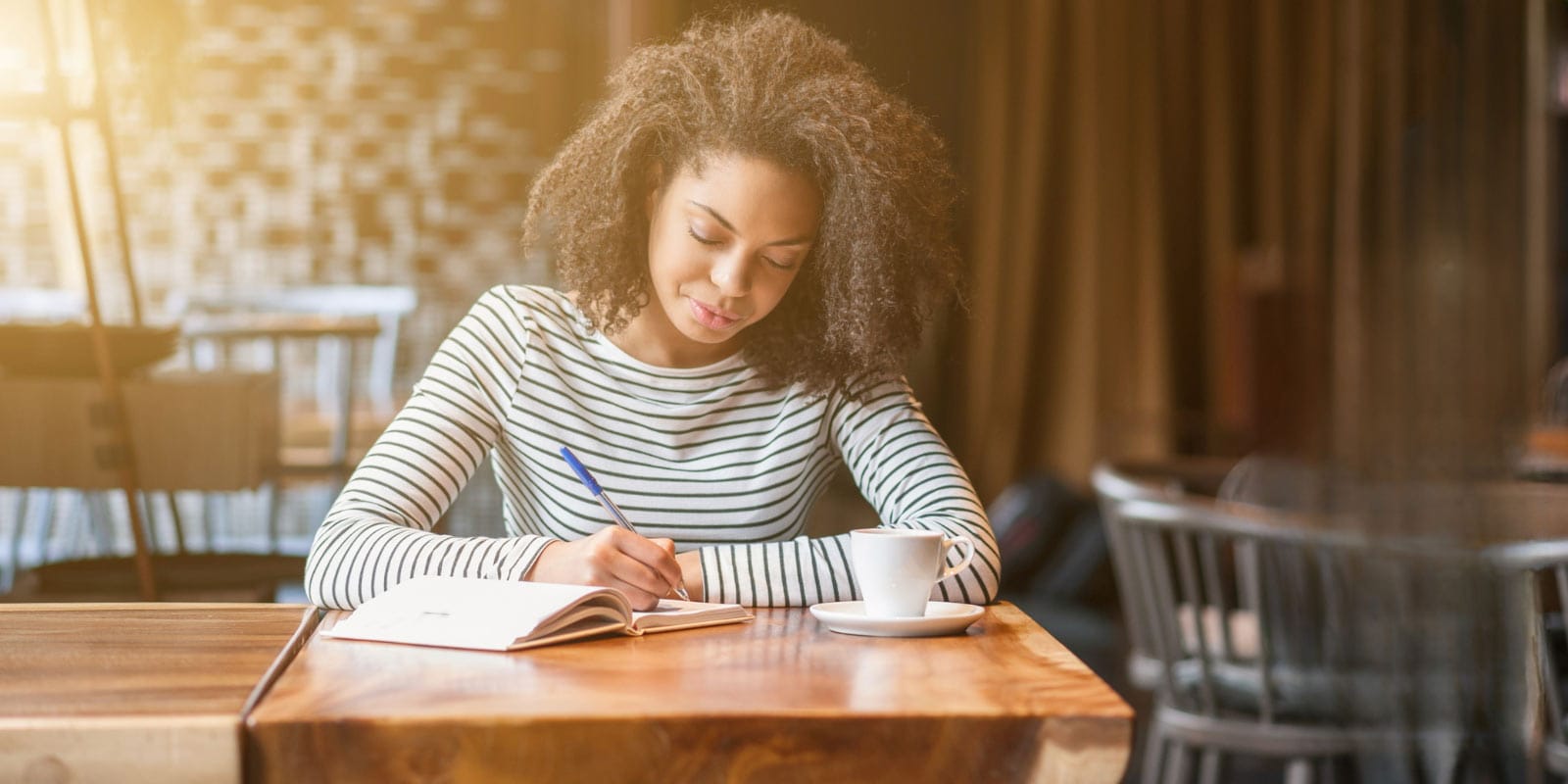Transforming behavioral health care with actionable, timely data
by
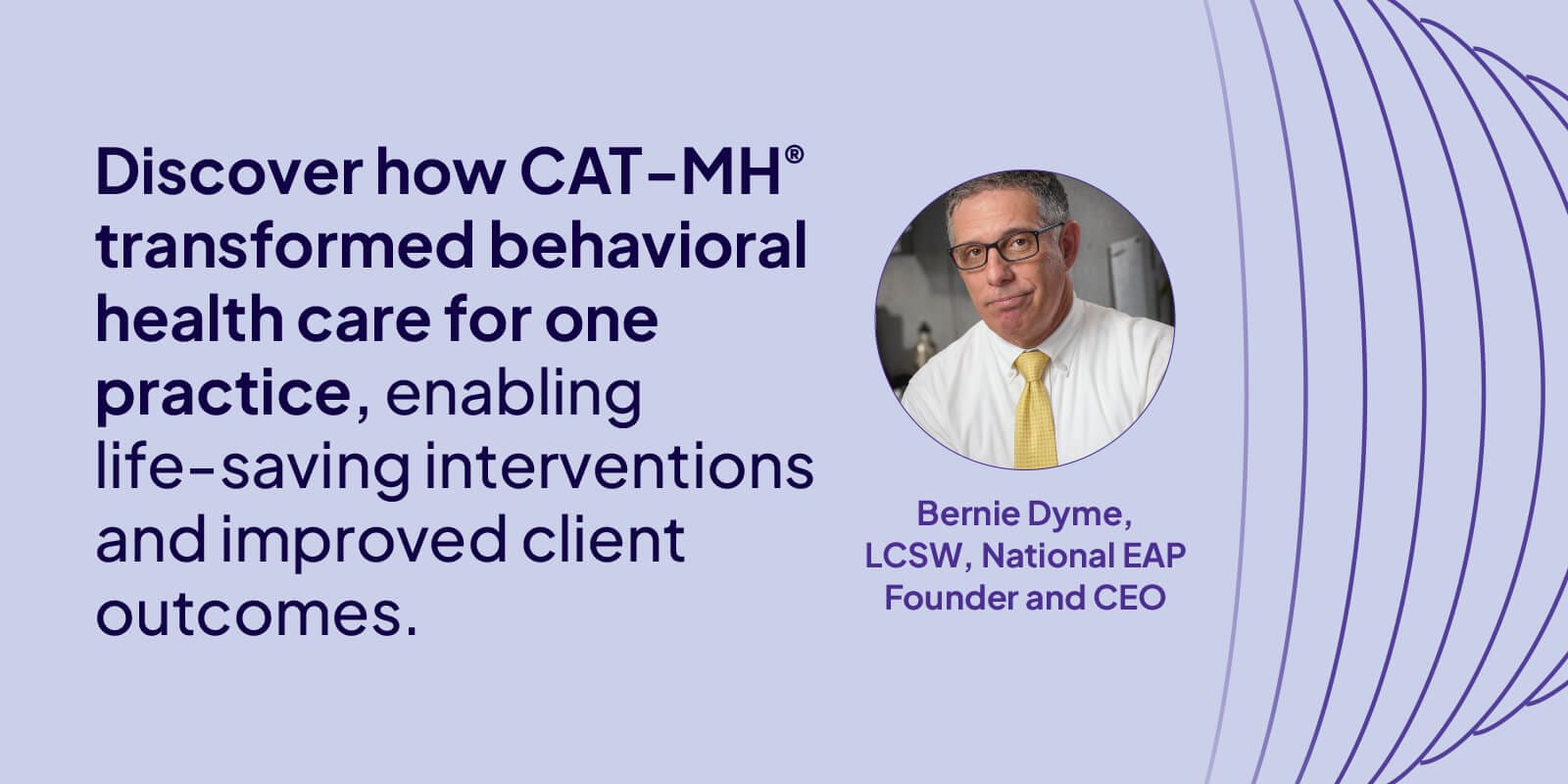
How CAT-MH® helped one practice save lives
In the world of behavioral health, every moment counts. When someone reaches out for help, there's often a narrow window of opportunity—one that can close quickly if the right support isn't available immediately. For Bernie Dyme, a licensed clinical social worker with over four decades of experience, finding ways to maximize that critical window became essential as his practice grew.
Read more
